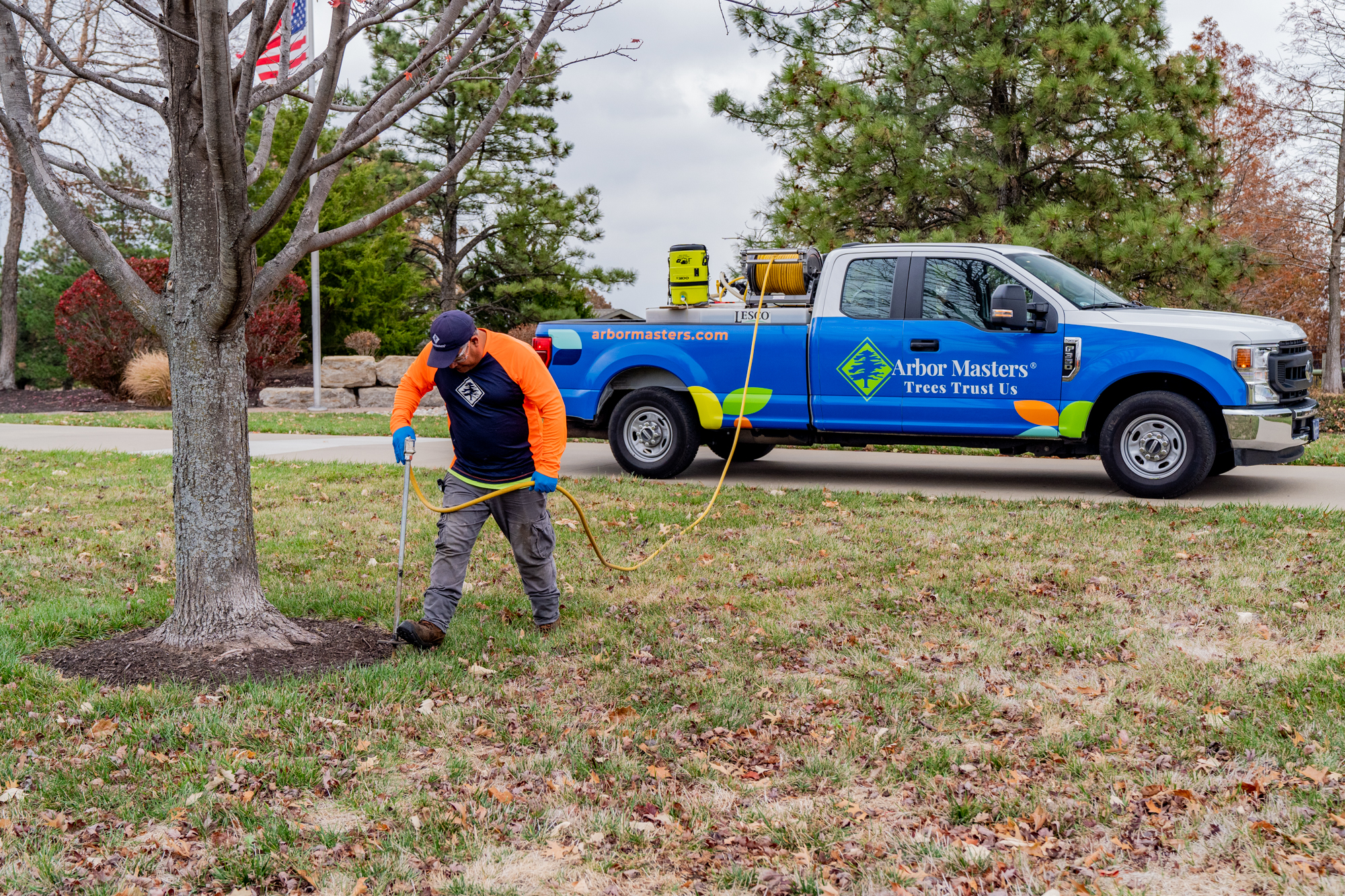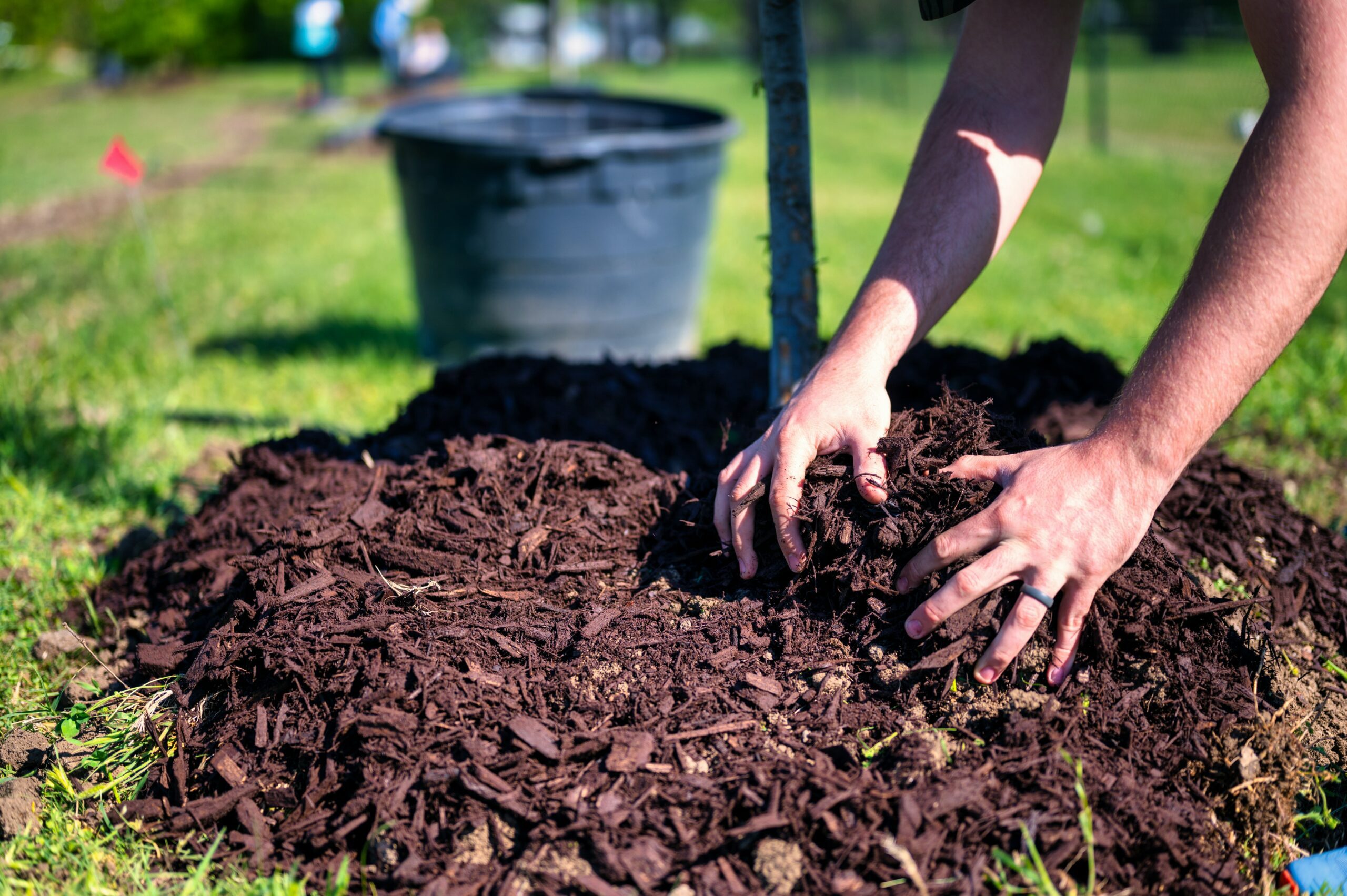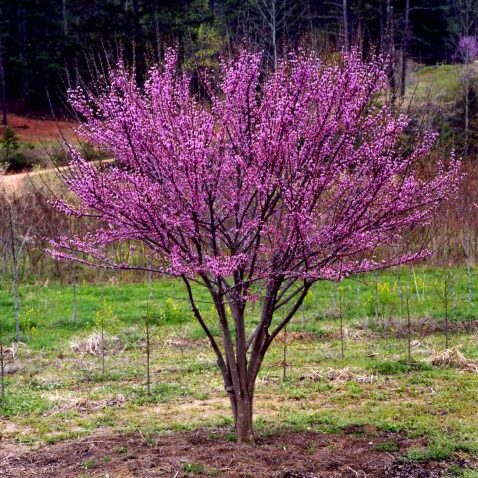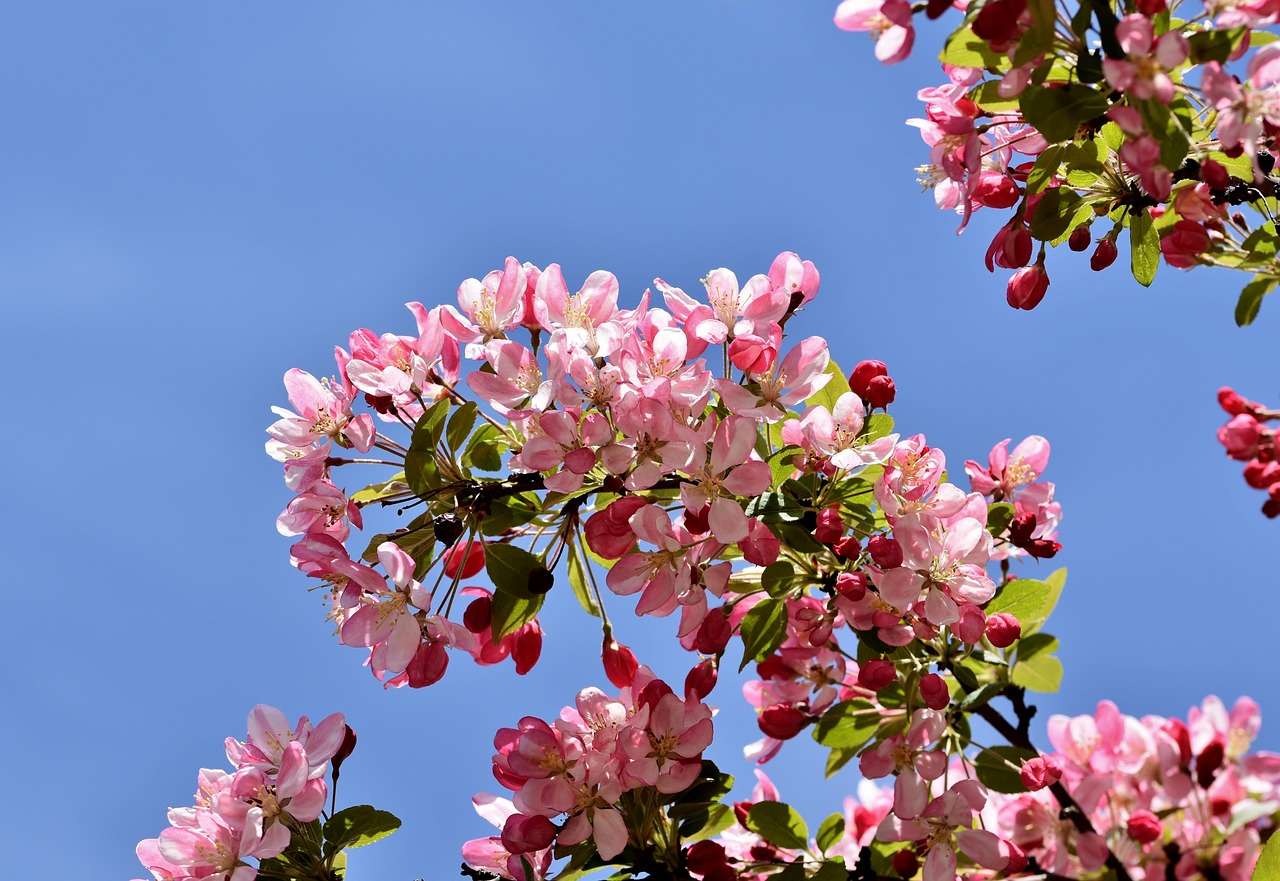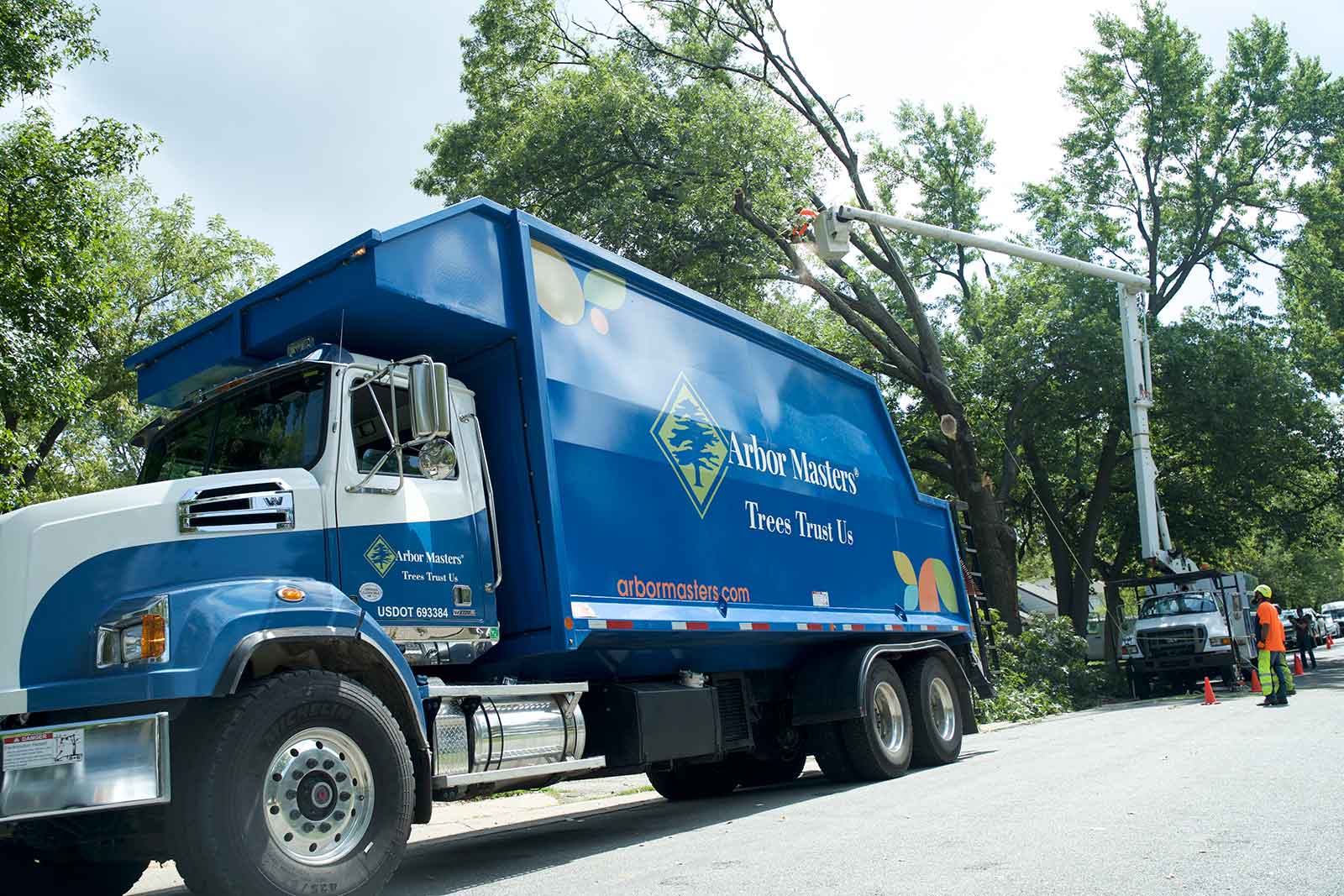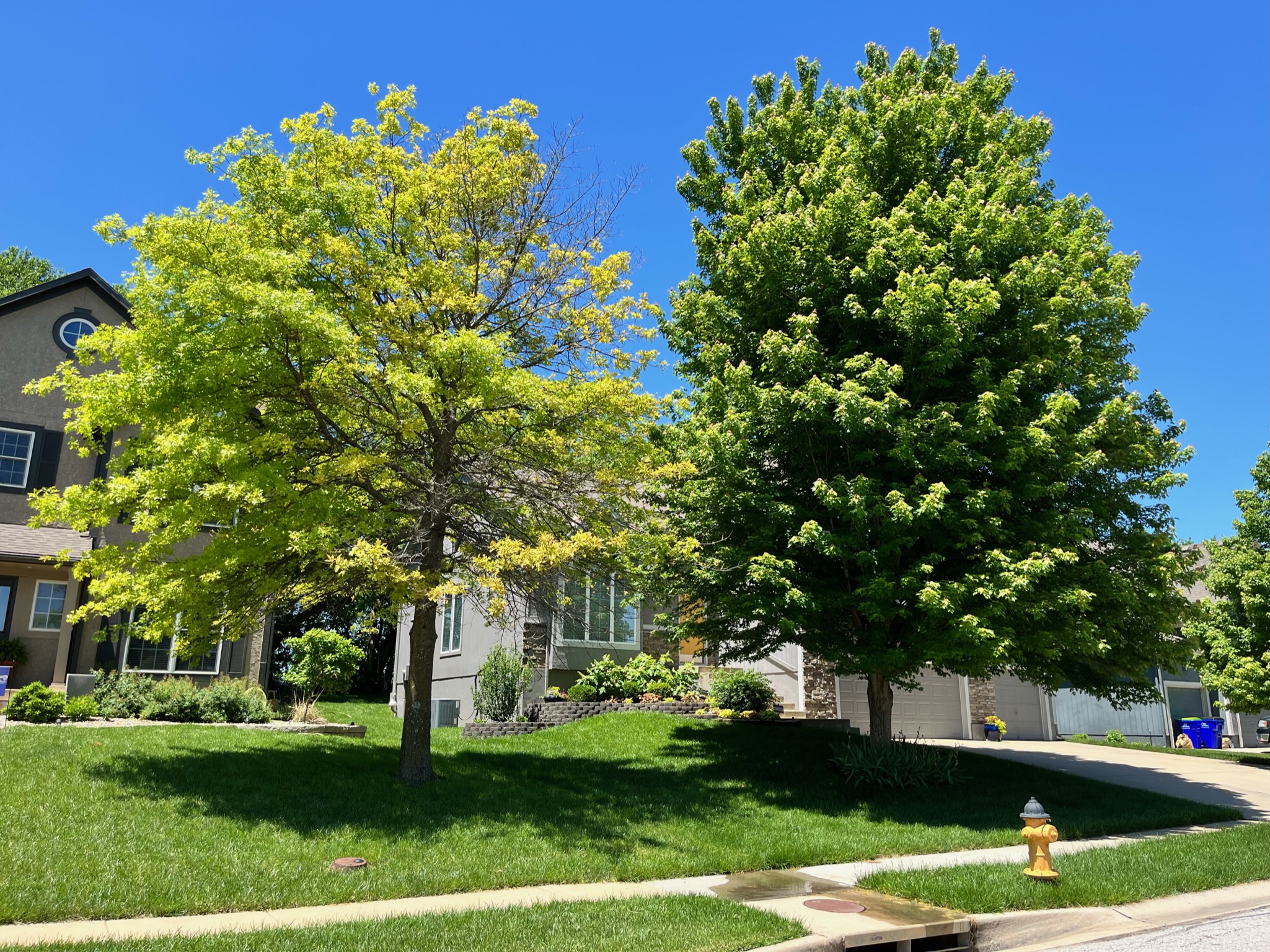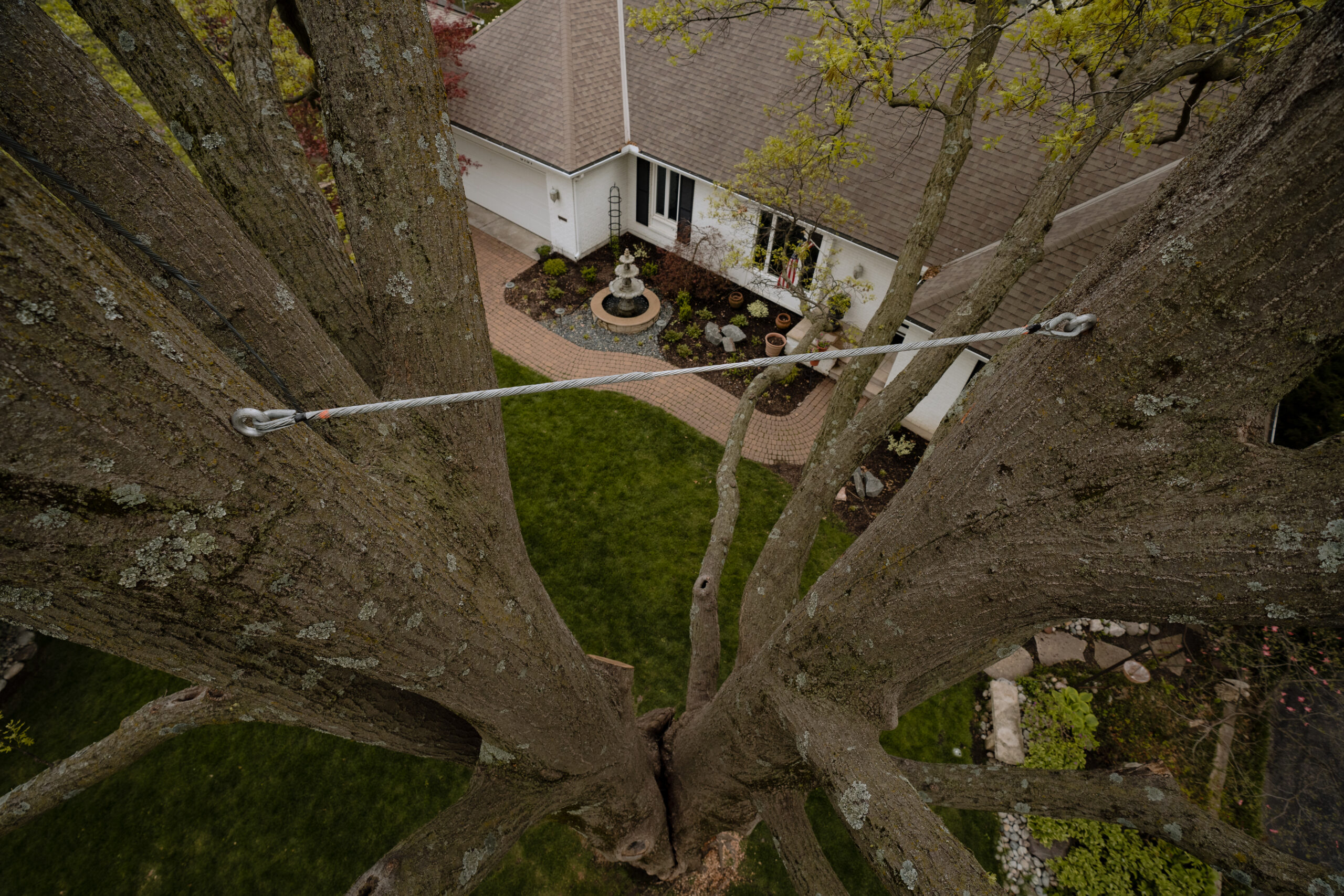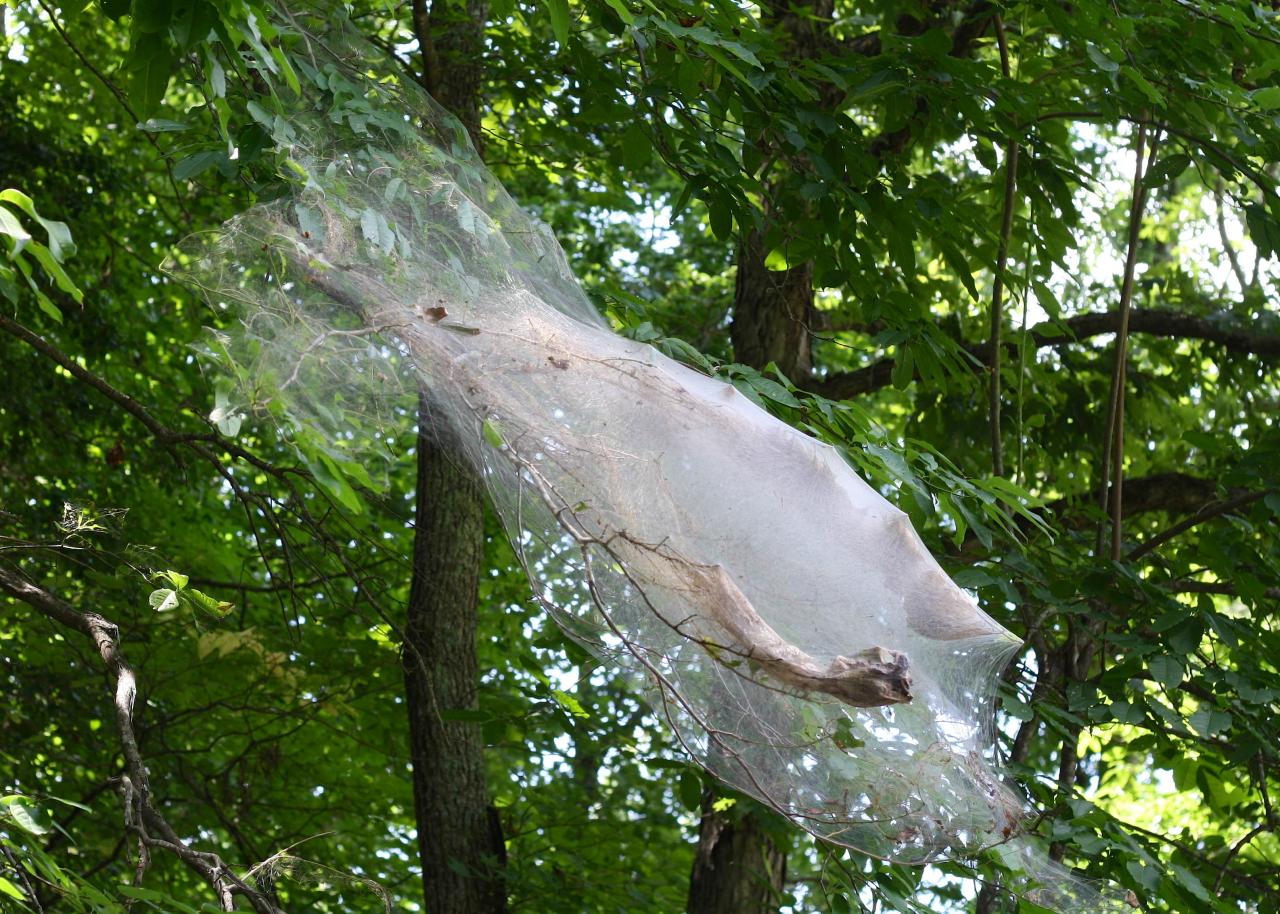Trees are living organisms and, like all living things, they are susceptible to stress. One type of stress that can have a significant impact on trees is heat stress.
What is Heat Stress in Trees?
Heat stress occurs when temperatures rise above the tree’s normal range of tolerance. This can cause the tree to experience a number of negative effects, including leaf loss, reduced growth, and decreased vigor. In extreme cases, heat stress can kill a tree.
There are a number of ways that you can help your trees cope with heat stress.
1. Provide Your Trees Adequate Water
Providing them with adequate water is one of the most important things you can do. Deep watering (where the water penetrates deeply into the soil) is best, as it helps to encourage deep root growth.
Ensuring that your tree has adequate water during the summer is essential for preventing heat stress. Water deeply and regularly, paying attention to the tree’s root zone. If possible, try to water in the morning or evening when temperatures are cooler. Avoid overhead watering, as this can promote fungal growth and encourage leaves to droop.
2. Mulch Your Trees
Mulching around the tree’s base can also help to conserve moisture and keep roots cool.
Mulching is important for tree health all year round, but it can be especially beneficial during the summer months. Mulch helps to keep roots cool and moist, which is essential in preventing heat stress. It also helps to prevent water loss from evaporation, meaning that your tree will require less watering.
There are a variety of different mulches that you can use, including wood chips, bark, straw, and compost. You should apply a layer of mulch that is at least 3 inches (7.6 cm) deep around the tree’s drip line (the outer edge of the tree’s canopy). Be sure to avoid putting any mulch directly against the tree trunk, as this can cause rot.
3. Tree Pruning in Summer
Avoid pruning trees during periods of heat stress. Pruning can increase the amount of leaf surface area exposed to the sun, which can exacerbate the effects of heat stress. We can prune trees when it is hot, however, we recommend only pruning when it is actually needed. Two trees to avoid pruning when it is extremely hot are maples (it can cause health issues) and oaks. Oaks are a spring, fall or winter prune. Oaks pruned in the heat can attract oak bark beetles to the cut site. This insect is also a carrier of oak wilt disease which is almost always fatal.
4. Plant the right Trees
Plant heat-tolerant tree species. Some trees are more tolerant of heat than others. If you live in an area with hot summers, consider planting tree species that are known to be heat-tolerant, such as crape myrtles or live oaks.
If you think that your tree is showing signs of heat stress, contact a certified arborist or tree care professional for further advice. By taking action to prevent and mitigate heat stress, you can help ensure that your trees stay healthy and thrive during the summer months.
What are the signs of heat stress in trees?
The most obvious sign of heat stress in trees is wilting. This is because the tree is not able to take up enough water from the soil to meet its needs. The leaves will droop and the tree may lose its leaves entirely. Other signs of heat stress include yellowing or browning leaves, bark splitting, and premature fruit drop.
What are the consequences of heat stress for trees?
Heat stress can cause tree death. In fact, heat is one of the leading causes of tree mortality worldwide. In urban areas, where trees are often planted in confined spaces and exposed to high levels of pollution and heat, tree mortality rates can be as high as 30%. Trees under stress are also more susceptible to pests and diseases. Additionally, heat-stressed trees produce less fruit and seed, which can impact wildlife that rely on those trees for food.
If you think you have found signs of tree stress, it is important to contact a Certified Arborist quickly.


